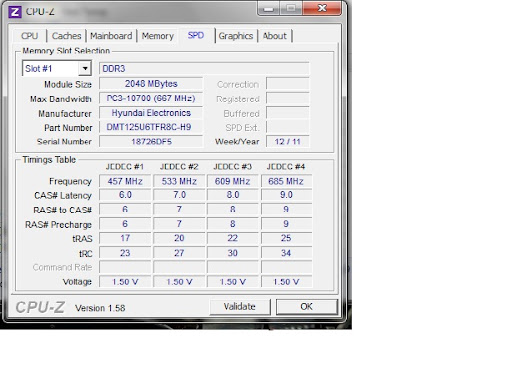


A set of memory can be installed on numerous different processor/motherboard combinations, only some of which could actually handle the onboard changes needed for the memory modules to run at their rated speed. To answer this question, we must consider the many different combinations of motherboards, processors, and memory that could be possible. *DDR4 memory running at its stock 2133MHz speed (shown as 1066.7MHz in CPU-Z). Why does memory initially run at this slower speed? However, you might notice that when you first install your RAM and boot to your system’s BIOS, the RAM is running at its standard speed (2133MHz/2400MHz in the case of DDR4 memory). Let’s get into the BIOS.Performance DRAM such as our Vengeance and Dominator series can be found at rated speeds of up to 5000MHz. If you haven’t enabled XMP, it will likely be slower than the speed your memory kit is rated for. Then in the main part of the window you’ll see Speed (pictured above) showing your RAM’s current running speed in megahertz. Next, click on the Performance tab and select Memory from the left rail. Search for “Task Manager” in Windows 10 and then choose “Task Manager” from the results (or press good ol’ Ctrl + Alt + Delete to summon it instantly). Once Task Manager opens click the More details option at the bottom of the window to expand if necessary. Check your current RAM speed IDGīefore we start, let’s see how fast your memory is running now.


We can, however, provide a few basic guidelines to help you navigate your way through this process. The problem is that we can’t provide step-by-step instructions that will work for everyone, since every motherboard’s BIOS handles things a little differently. Once there, enabling it is pretty simple. To get to the XMP settings, however, you have to dip into your PC’s BIOS.


 0 kommentar(er)
0 kommentar(er)
